Commentary as Ethnography: The Case of Early Rabbinic Law
When and Where
Speakers
Description
How did rabbis of Roman Palestine (c. 200–400 CE) use their legal tradition to think about culture? This question has been limited by a scholarly preoccupation with the boundaries of Jewish identity. In their Roman environment, following two disastrous revolts, Jews were a weak minority whose ancient law and its interpretive heritage remained a mark of distinction. Their rabbinic elite's success at preserving that tradition in fundamental works of Jewish law to this day, such as the Mishnah and its commentary, has thus understandably been treated as a defense of Jewish identity against assimilation to Greco-Roman culture. But it might be more than this.
This talk unpacks examples of three more things that it might be. We will do so by examining the chronological and theoretical development of precisely those laws that seem to be about resistance to assimilation: idolatry (avodah zarah). First, in literary form, we will see how rabbis use commentary to subvert Deuteronomy's unequivocal condemnation of idolatry and rethink the category from a Roman perspective, reflecting not simply knowledge but interpretation of Roman culture. Second, in normative terms, we will see where those interpretations yield new lines of Jewish/Roman difference and new prohibitions, with more or less "wiggle room," implying a new theory of the relationship between culture and religion in Jewish life. Finally, in wider historical context, we will situate these developments among new research on ancient ethnography and challenge the view that Jews were sui generis in terms of how they represented, inquired about, and theorized cultural difference.


